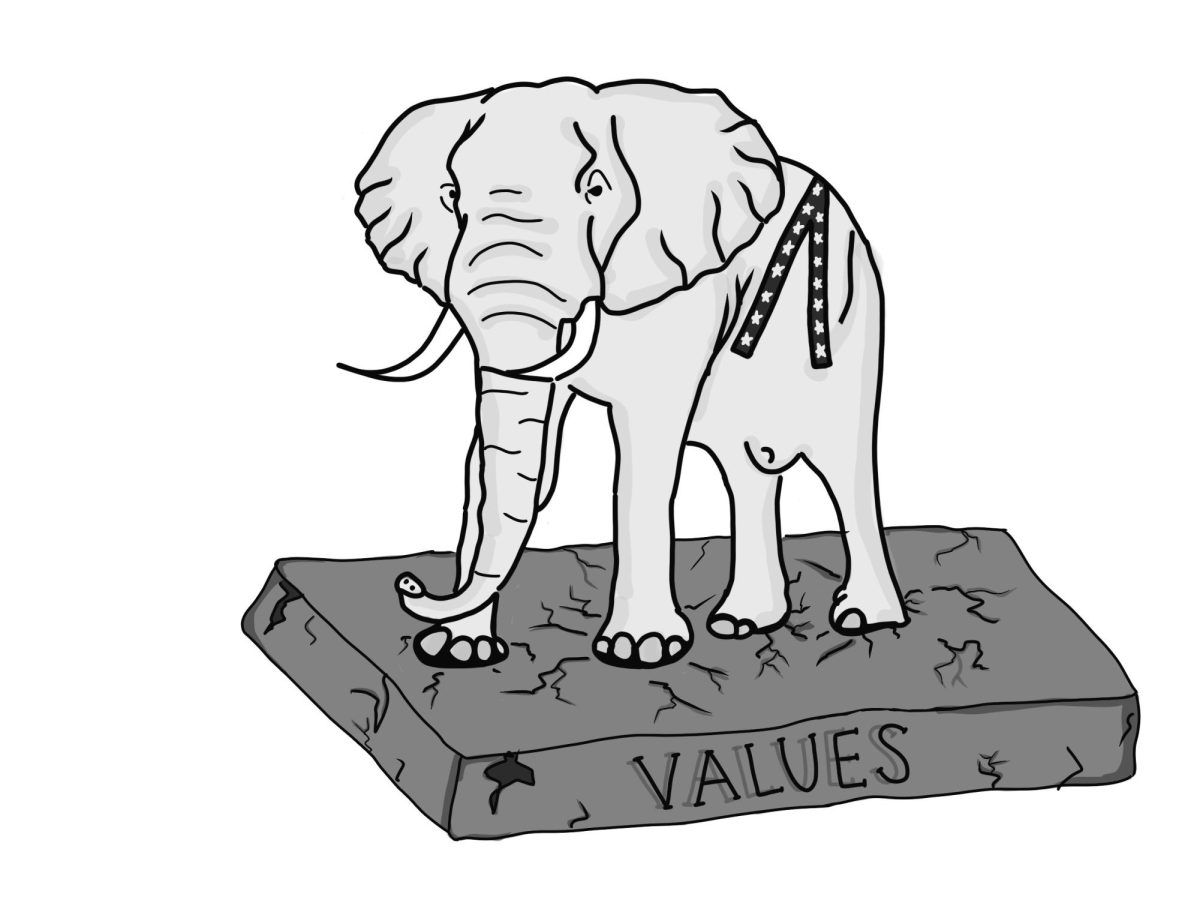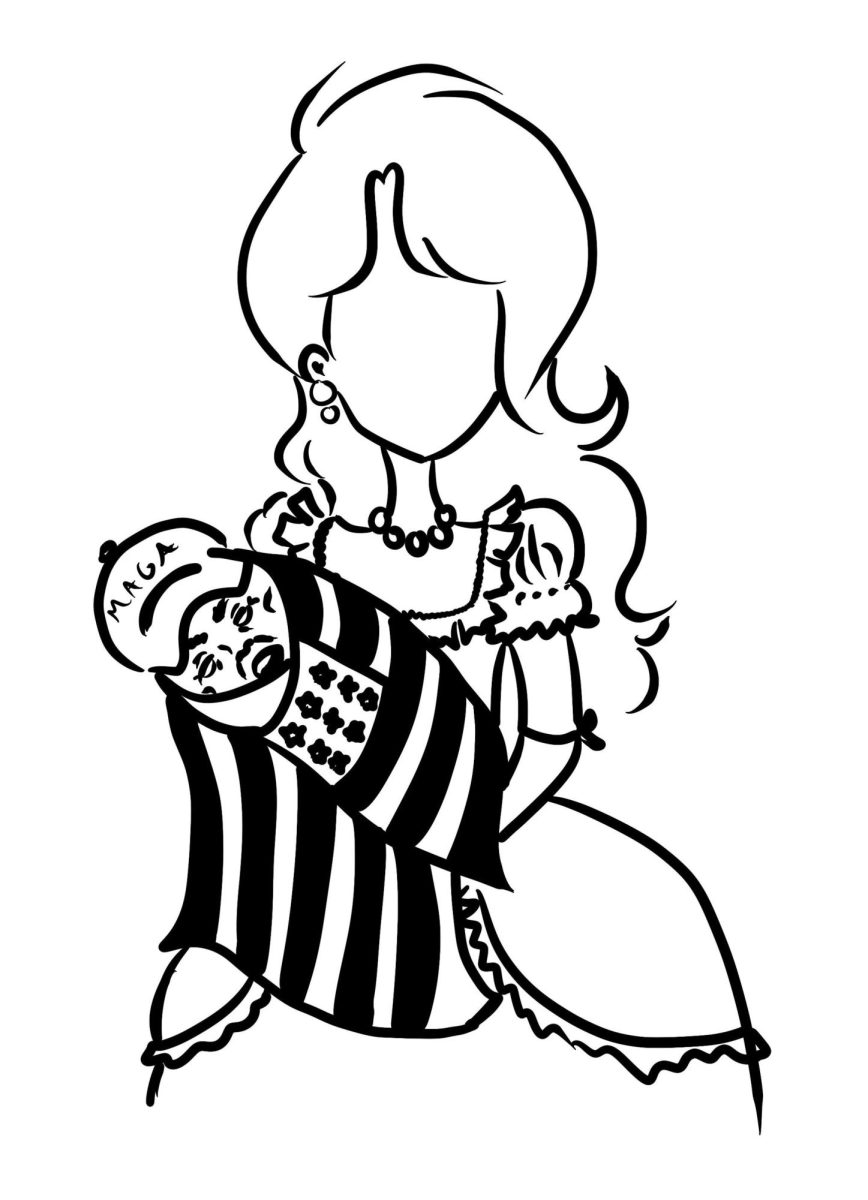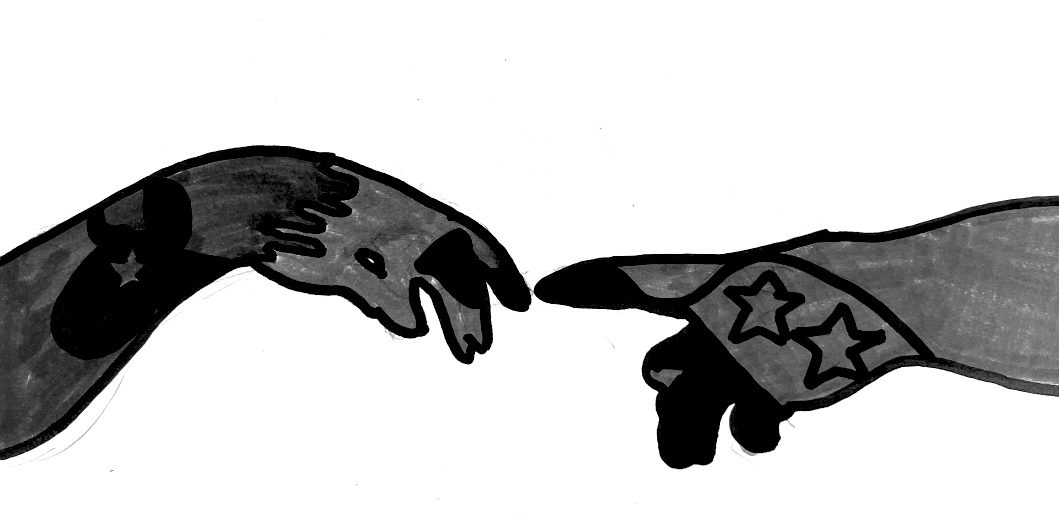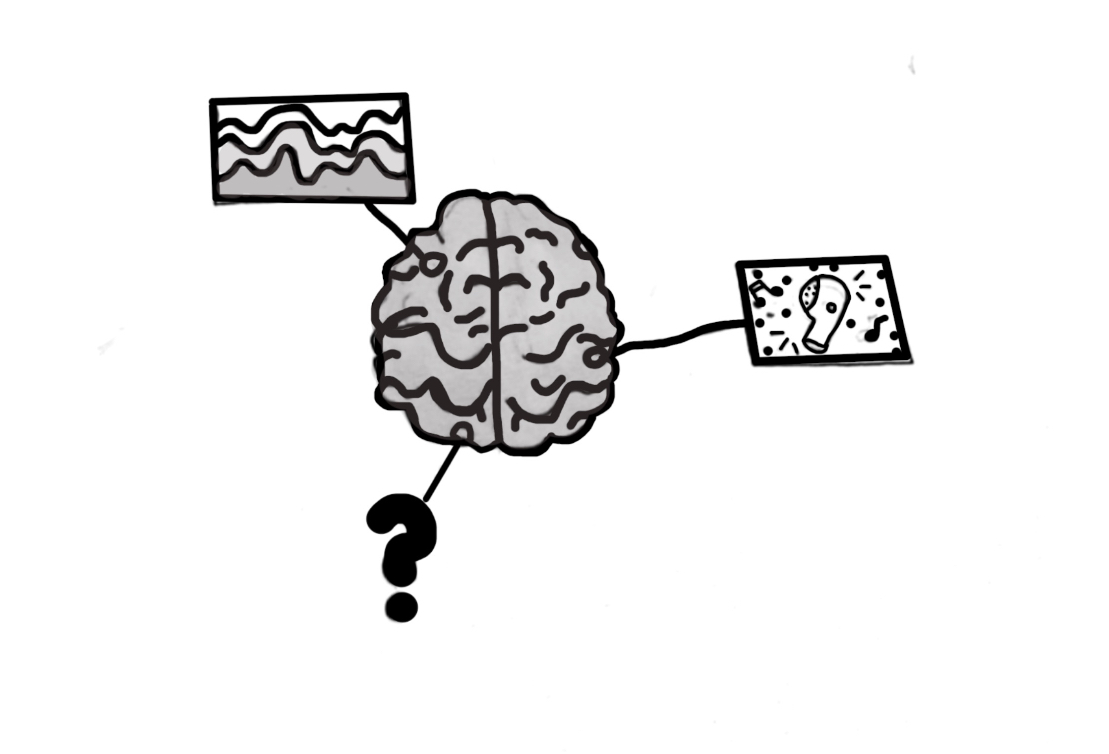Pro:
By Evelyn Spiegel
The celebration of Valentine’s Day dates back to the Middle Ages, though written Valentine’s cards did not begin making an appearance until much later, when Charles, Duke of Orleans, wrote a poem to his wife in 1415. Dedicated to sharing gratitude and love, the holiday has far more positives than negatives. This loving day sets a specific date in the calendar for couples, family and friends to spread their affection with one another.
According to a blog from the Rosetta Stone, “Today, many people across the globe give small Valentine’s Day gifts like cards or candies to friends and family. Chocolate and flowers, including the ever-iconic red roses, are popular with couples who may choose to go out for a romantic dinner.” Gift givers and receivers across the globe are given an excuse to celebrate each other. While some may argue that Valentine’s Day is solely a day for significant others, Drive Research reported that up to 52 percent of consumers celebrate Valentine’s Day, showing how Valentine’s Day is celebrated in relationships beyond couples, including family and friends. Often, friends find ways to share their love for each other around this time of year, sometimes known as “Galentines.”
While critics of Valentine’s Day point out the commercialization, there’s no denying the major economic benefits that come with the holiday. The U.S. Chamber of Commerce cited from the National Confectioners Association that “92 percent of Americans plan to purchase candy for Valentine’s Day this year, including 58 million pounds of chocolate — one of the holiday’s most popular candies.” The surge in purchases around the candy not only feeds the industries but also helps uplift small businesses and family boutiques that sell similar items. The rapidly increasing demand for sweets and treats at this time overall supports businesses across the world.
The National Retail Federation (NRF) estimates that $27.5 billion will be spent on gifts for the holiday, averaging about $185.81 per household. The rise in sales of candy, jewelry and flowers allows for a boost in the economy from these simple gifts. Undeniably, the commercialization of Valentine’s Day ultimately benefits the economy.
However, despite the option to express affection through gifts, Valentine’s Day doesn’t always have to break the bank. Valentine’s Day has the potential to be costly, but gestures like priceless letters, a picked flower or words of affirmation can be enough to acknowledge appreciation for others on the holiday.
In addition to spreading appreciation for others, the blog FaceFacts mentions how the day encourages self-care. “Valentine’s Day provides an opportunity for individuals to engage in self-care and self-love. In a world where self-care is increasingly prioritized, Valentine’s Day offers a reminder to cherish and honor oneself, regardless of relationship status.”
Overall, Valentine’s Day fosters ideas of kindness, positivity and creativity. Regardless of a person’s relationship status, the day can be an excuse to treat oneself and express gratitude for family and friends. For people with significant others, the day puts a date in place to treat each other, with options of going on fun dates and expressing words of love.
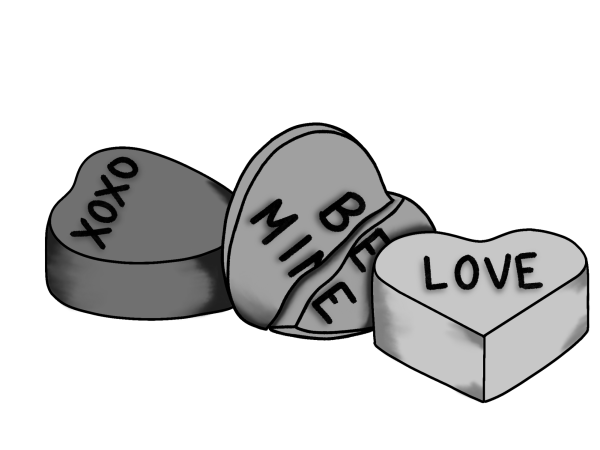
Anti:
By Kate Harrison
Usually, when you think of Valentine’s Day, it’s all about big gestures, heart chocolates and all of the pink and red associated with the holiday. While the holiday can represent love and gratitude, it can also exacerbate feelings of loneliness and isolation during a time when everything is about love. Not only does it heighten feelings of loneliness, but it also turns love into a seemingly commercialized transaction.
As corporations and businesses get larger and larger, so does their effort to commercialize holidays, including Valentine’s Day. According to the NRF’s annual survey, consumers are expected to spend a record $27.5 billion on Valentine’s Day in 2025. The holiday brings mountains of pressure for significant others who feel they need to get the best gift or experience for their partner. The pressure can cause unwarranted stress and anxiety for what is supposed to be a carefree holiday celebrating love.
Moreover, this celebration can worsen people’s loneliness and depression, as Valentine’s Day gestures like piles of gifts and expensive dates can be shared on social media platforms. In a survey conducted by BetterHelp, 15 million American adults said the day impacts their mental health for the worse, with the majority of this number being young adults. The same study reveals that even those with lovers experience mental stress surrounding their love lives. Valentine’s Day affects people even in the “perfect” relationships we see on social media. It amplifies feelings of inequity in their love lives in both singles and people with partners.
This holiday isn’t demonstrating what it is supposed to be and can lead to more relationship problems for couples in the future. Morse and Neuberg (2004), a well-cited study examining how Valentine’s Day affects dating relationships, found that unstable romantic relationships leading into the holiday were nearly five times more likely to break up in the two weeks surrounding Valentine’s Day than at other times during the year. This is because Valentine’s Day brings out feelings of hopelessness and isolation.
While Valentine’s Day may offer an opportunity for people to express their love for one another, it should also reflect singles and focus on not just people in relationships but also loving yourself, even if you’re single. The commercialized aspect pushes expectations onto couples, overshadowing the actual meaning of the so-called holiday of love. Rather than fostering a genuine connection, Valentine’s Day perpetuates feelings of inadequacy and depression for those who are especially vulnerable to loneliness because of their lack of relationship.




